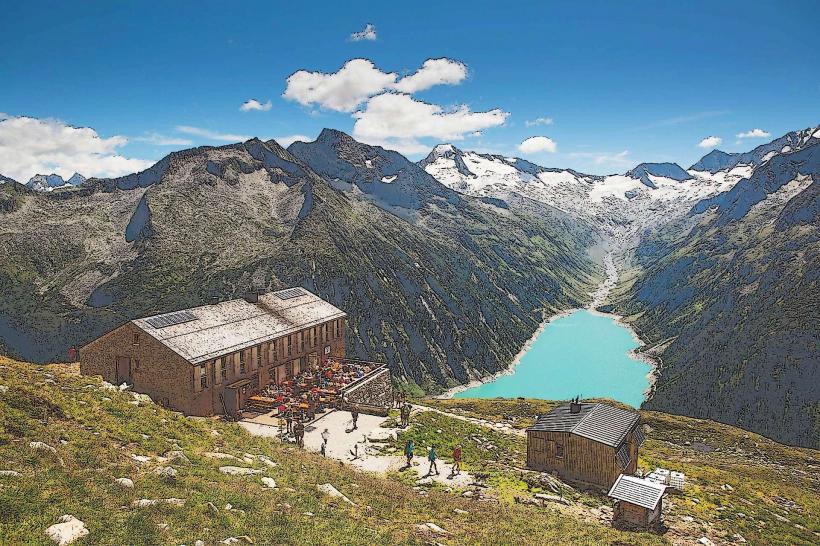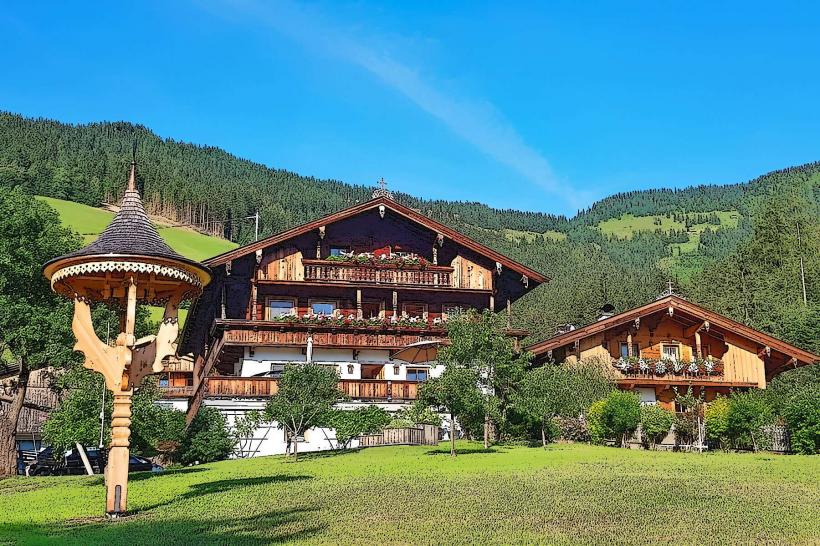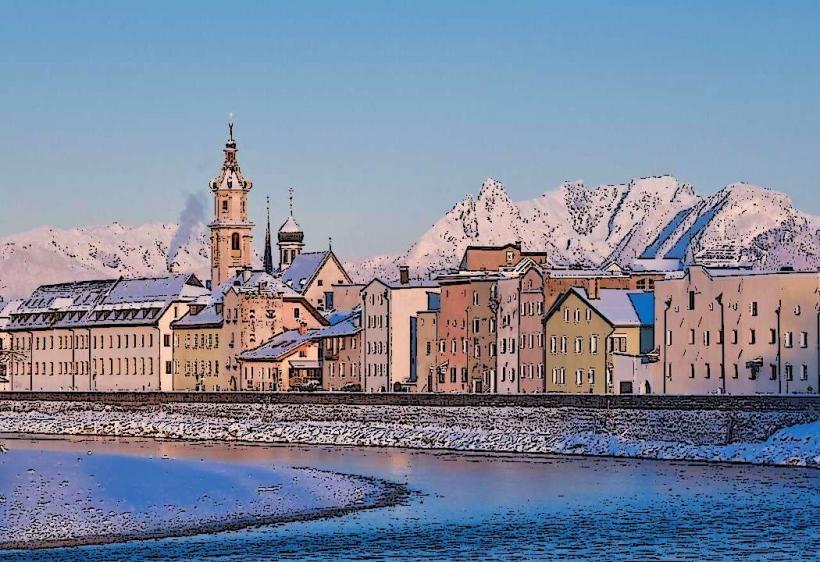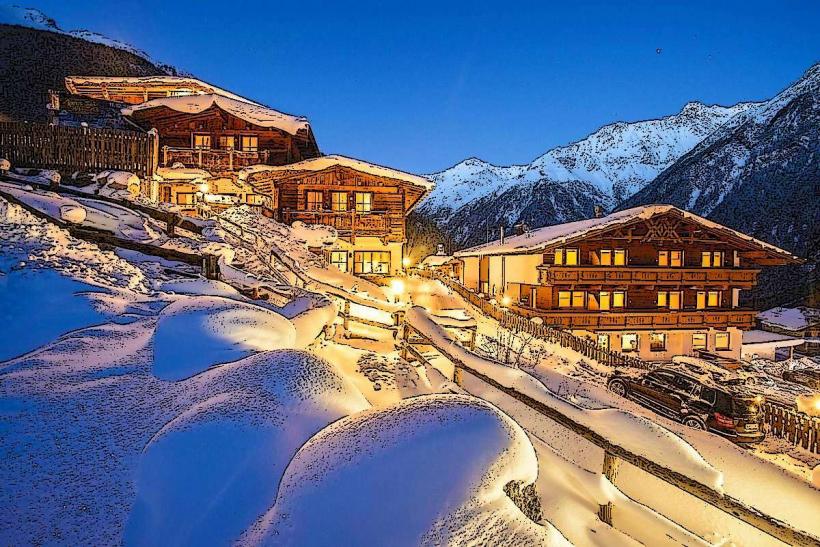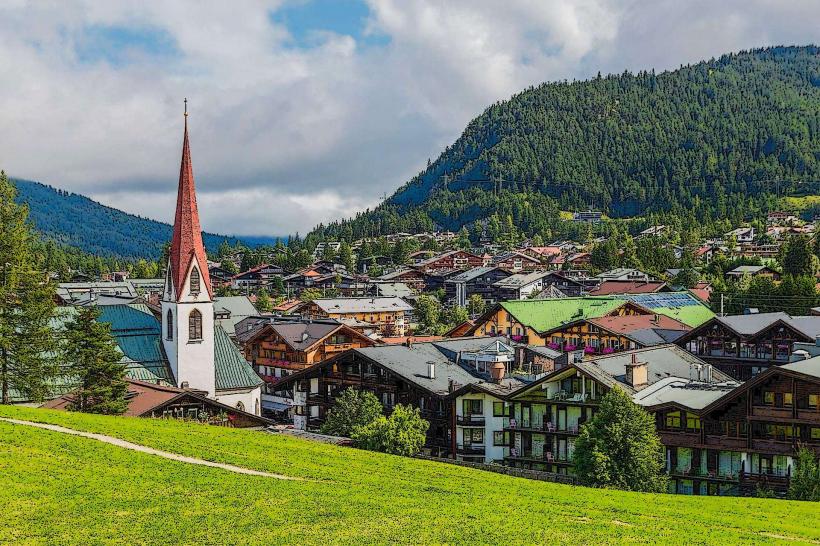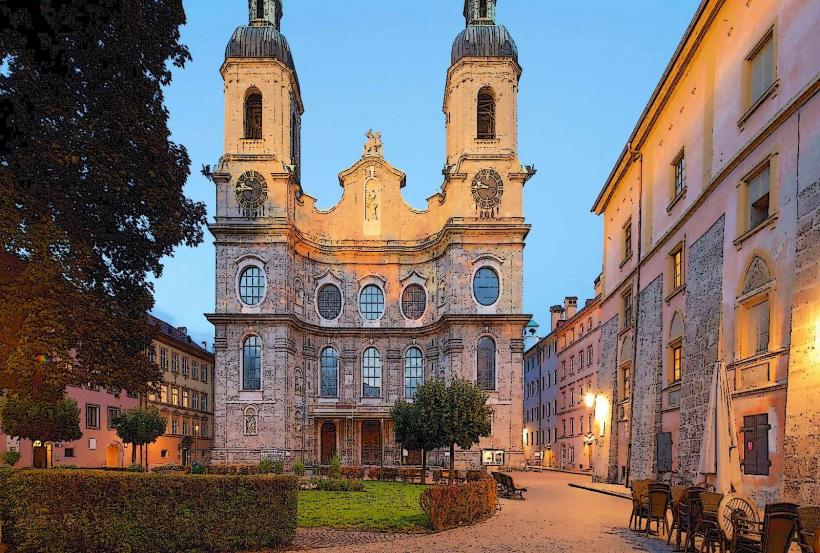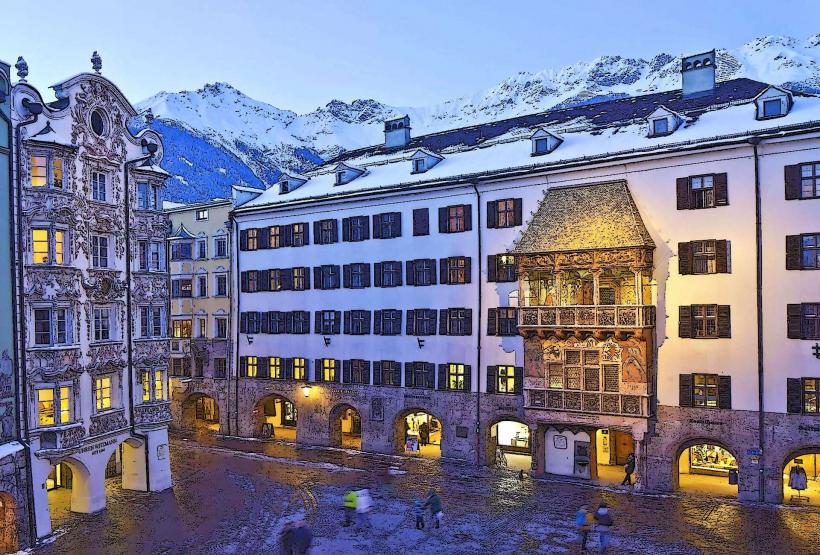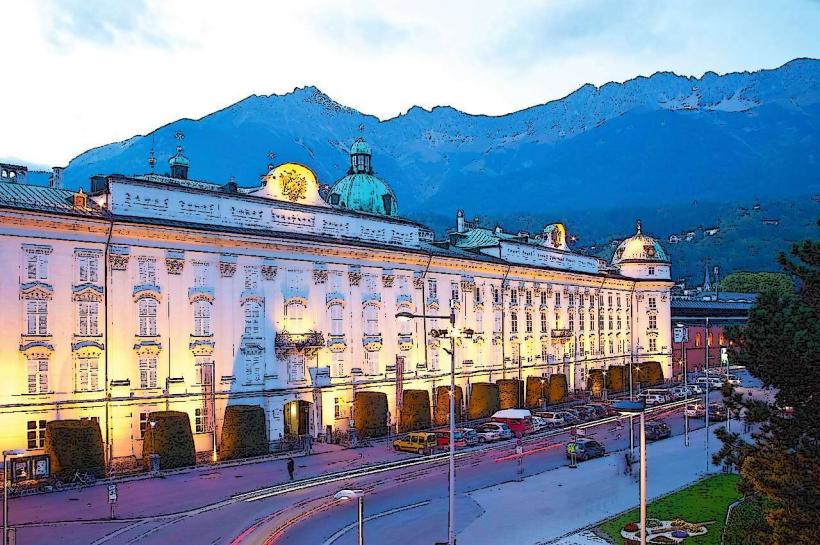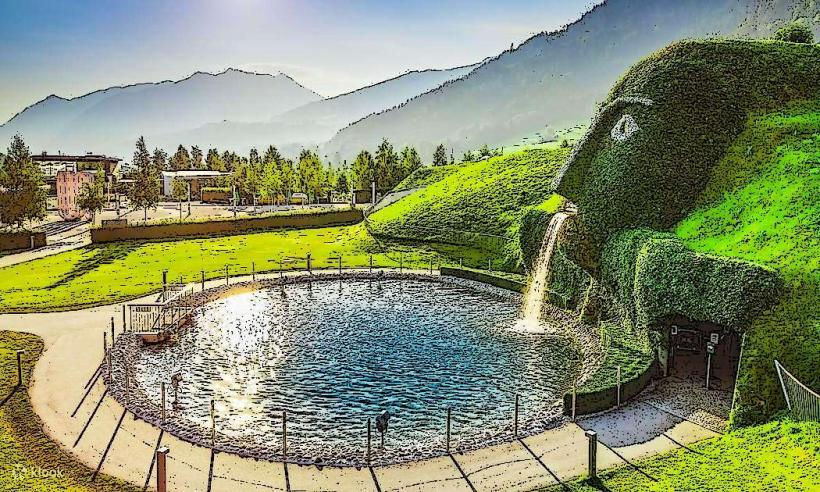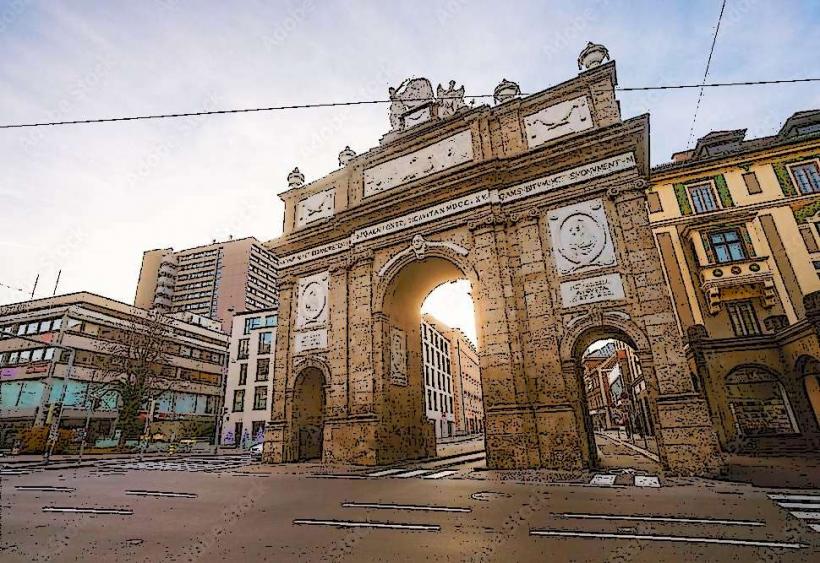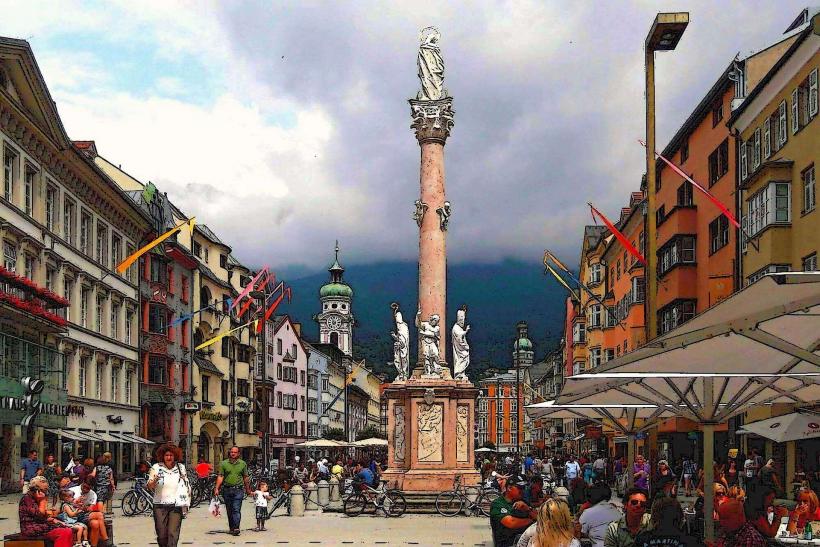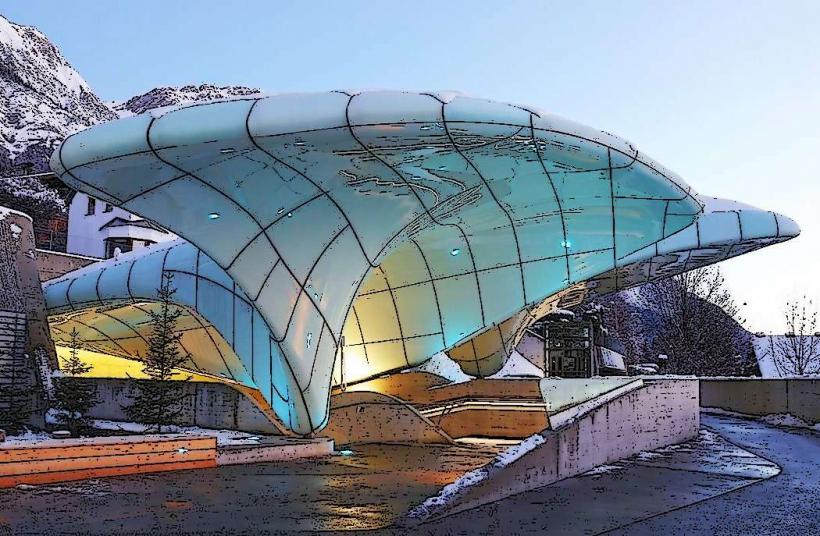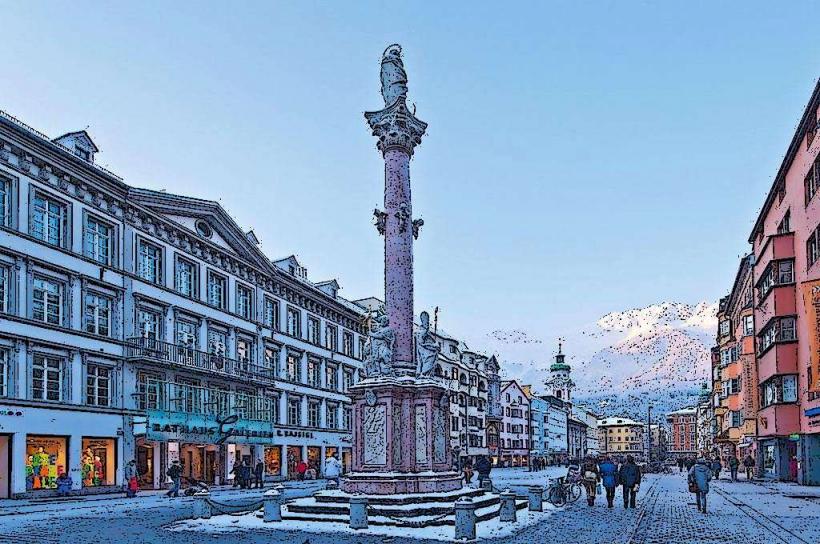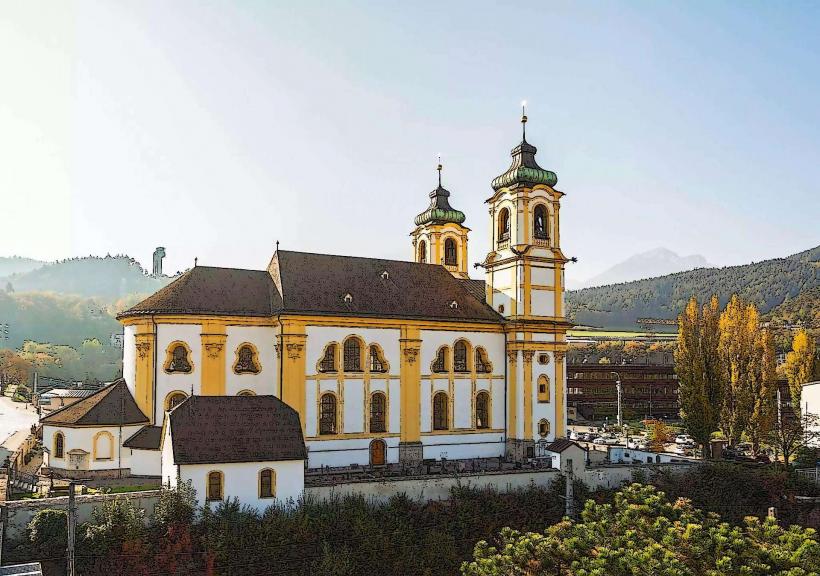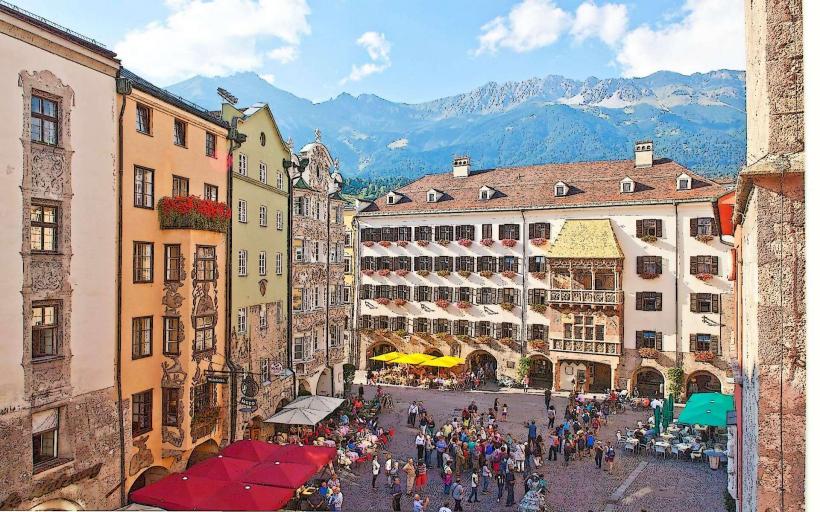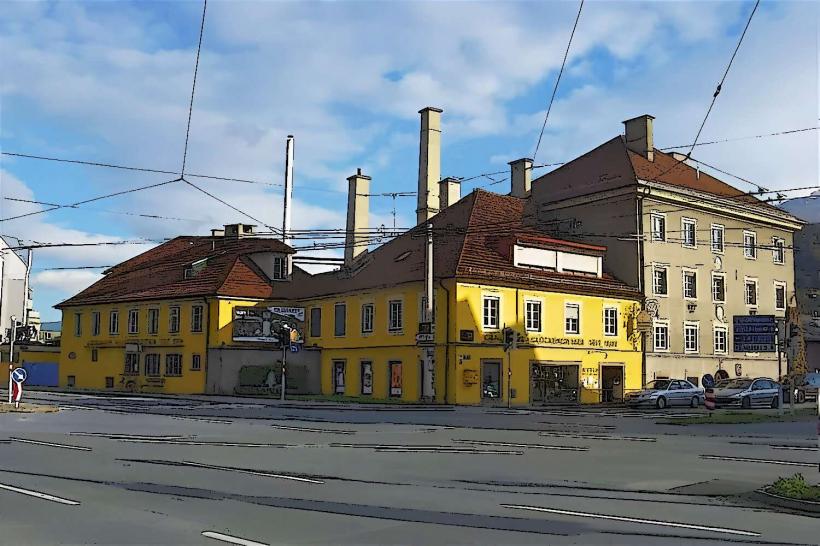Information
Landmark: Ambras CastleCity: Innsbruck
Country: Austria
Continent: Europe
Ambras Castle (Schloss Ambras) – A Renaissance Gem in Innsbruck
Ambras Castle (Schloss Ambras) is one of the most important historical landmarks near Innsbruck, Austria. It stands as a testament to the Renaissance era and the magnificence of the Habsburg dynasty, housing valuable collections of art, armor, and historical artifacts. With its stunning architecture, rich history, and beautiful gardens, Ambras Castle is a must-visit destination for history lovers, art enthusiasts, and those captivated by Austria’s royal heritage.
Overview
- Name: Ambras Castle (Schloss Ambras)
- Location: Innsbruck, Austria, situated on the Ambras Hill, approximately 5 km from the city center.
- Architectural Style: Renaissance with later Baroque elements.
- Construction: Began in the 16th century, with extensive additions made throughout the centuries.
- Significance: Renowned for its collections of art, armor, and historical objects, and as a symbol of Habsburg power and prestige.
- Current Function: Museum, with exhibitions showcasing art, armor, cultural history, and a royal collection.
History of Ambras Castle
1. Origins and Construction
The origins of Ambras Castle date back to the 12th century, but it was significantly expanded and transformed during the reign of Archduke Ferdinand II of Tyrol in the 16th century.
- Medieval Beginnings: The original castle was built as a fortified residence by the counts of Andechs in the 12th century. However, it was largely remodeled in the Renaissance under Ferdinand II.
- Ferdinand II’s Vision: As the archduke of Tyrol, Ferdinand II envisioned Ambras as both a fortress and a residence for the royal family. He made major renovations and expansions to the castle, turning it into a lavish palace that reflected his wealth and status.
2. The Role of the Habsburgs
Ambras Castle gained prominence as a Habsburg residence. Ferdinand II, a passionate patron of the arts, turned the castle into a center for Renaissance art and culture.
- Ferdinand II’s Collection: The archduke amassed an extensive collection of art, armor, and other cultural treasures, some of which are still on display in the castle today. This collection included works by renowned artists, as well as fine armor and weaponry.
- Royal Residence: Ambras was not just a museum; it was also a royal home, hosting Habsburg rulers and their court for several centuries.
3. The Museum and Collections
Today, Ambras Castle serves as a museum, and its historical collections are considered among the most important in Austria.
- Art and Culture: The castle’s art collections are displayed in beautifully designed rooms, including portraits, sculptures, and decorative arts from the Renaissance and Baroque periods.
- Armory: The castle houses one of the most important collections of armor and weaponry in the world, including full suits of armor, swords, and historical military items.
- Portraits of Habsburgs: The Chamber of Art and Curiosities (Kunst- und Wunderkammer) is one of the highlights of the castle, displaying portraits and other artworks related to the Habsburg dynasty.
Architectural Features
1. The Renaissance Architecture
The castle’s architecture is a prime example of Renaissance style, with influences from Italian Renaissance designs.
- Fortified Structure: Ambras retains its original fortified character, with a series of walls and towers surrounding the castle. The main building is a U-shaped structure with large windows and decorative stonework.
- Italian Influence: The Italian Renaissance inspired much of the design, particularly in the ornate interiors, and the overall plan of the palace is typical of Renaissance country homes.
2. The Upper Castle
The Upper Castle (Oberburg) is the main section of the castle and houses many of the most important exhibitions.
- Art Rooms: The Upper Castle contains galleries where Renaissance and Baroque paintings, sculptures, and portraits of the Habsburgs are displayed.
- Ferdinand’s Art Collection: Many pieces from the original collection of Ferdinand II are still preserved here, including works by Titian, Tintoretto, and Lucas Cranach the Elder.
3. The Lower Castle and Gardens
The Lower Castle (Unterburg) is home to the armory and other collections, and it’s connected to the gardens that surround the castle.
- Armory: The Lower Castle features a spectacular collection of armory, including suits of armor from various eras, weapons, and military artifacts that belonged to the Habsburgs and other notable figures.
- Gardens: The castle gardens are beautifully landscaped, offering a peaceful and scenic setting. They were designed in a Renaissance style, with terraces, flowerbeds, and a variety of ornamental plants.
Notable Collections
1. The Portrait Gallery
Ambras Castle is famous for its collection of portraits of the Habsburg family. These portraits offer a unique insight into the rulers of Tyrol and Austria.
- Habsburg Portraits: The Gallery of Portraits (Hofgalerie) features an impressive array of portraits of Habsburg rulers, their families, and notable figures from the Renaissance period.
2. The Armory
The Armory is one of the castle's most significant and well-preserved collections, showcasing military history and the evolution of armor over the centuries.
- Full Suits of Armor: Among the most famous pieces is a collection of full suits of armor that once belonged to various European monarchs, including pieces used in tournaments and battles.
- Weapons: The armory includes swords, daggers, halberds, and other medieval and Renaissance weapons.
3. The Chamber of Art and Curiosities
This collection, known as the Kunst- und Wunderkammer, is a highlight of the castle and features a fascinating selection of artifacts, including scientific instruments, natural history objects, and collectibles that were of interest to Ferdinand II.
Visiting Ambras Castle
1. Location and Accessibility
Ambras Castle is located just outside the center of Innsbruck, nestled on a hill with a panoramic view of the city and the Alps.
- Access: It is easily accessible by public transport or a short drive from the city center. For those interested in walking, the castle is reachable by a scenic hike through the surrounding wooded hills.
2. Opening Hours and Admission
Ambras Castle is generally open year-round, though opening hours may vary depending on the season.
- Admission Fees: A standard entry fee grants access to the museum, art collections, and armory.
- Guided Tours: Guided tours are available, providing detailed explanations of the castle's history, architecture, and collections. Audio guides are also available in multiple languages.
3. Special Events and Exhibitions
The castle often hosts special temporary exhibitions and events, such as art shows, concerts, and historical reenactments, offering visitors an opportunity to engage with the castle's cultural offerings in a more dynamic way.
Conclusion
Ambras Castle is a stunning example of Renaissance architecture and a treasure trove of art, history, and culture. Whether you're interested in exploring the Habsburg collections, admiring the Renaissance gardens, or learning about the region's military past, the castle offers a diverse and fascinating experience. Its historical significance, combined with its picturesque setting and well-preserved collections, makes it one of the most important landmarks in Innsbruck and a must-visit for anyone interested in Austrian heritage.

